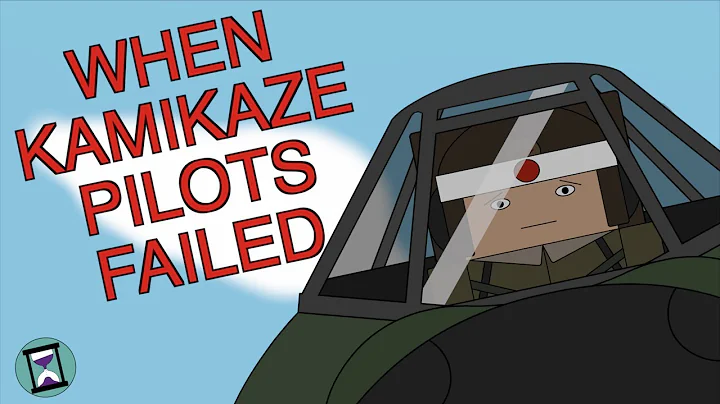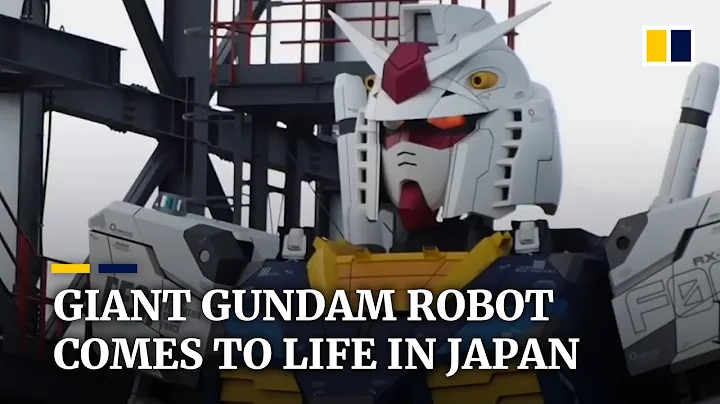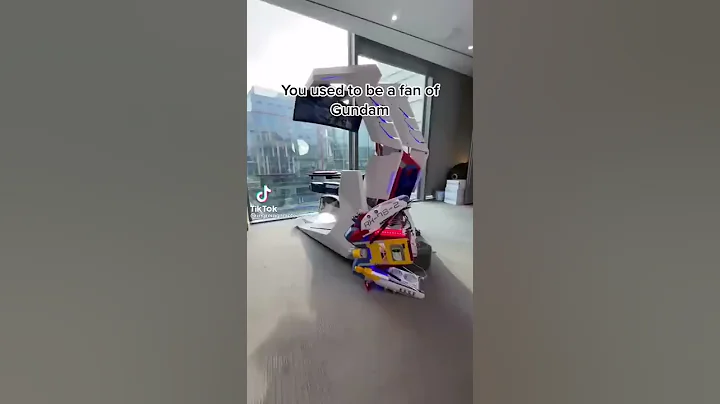As we all know, Japan had a huge navy on the eve of World War II, the core of which was three aircraft carrier formations composed of six large aircraft carriers. Going deeper into the aircraft carrier, its carrier-based pilot is the top priority. Therefore, the selection system for pilots of carrier-based aircraft of the Imperial Japanese Navy before World War II was very cruel. This kind of system created an excellent quality of Japanese carrier-based pilots in the early stages of the war, able to run wild on the ocean and sweep the US military. But its side effects are also very obvious-the cost of training such pilots is very heavy, and it is basically "non-renewable energy", which led to the situation of maritime air supremacy in the later stages of the war.

So, how good is this system? Why can Japan train a group of pilots who shine in Pearl Harbor, Midway Island, Coral Sea and Santa Cruz? What can we learn from the booming Chinese aircraft carrier today?
4 types of recruitment systems for Japanese naval pilots
In Japan before the outbreak of World War II, for those who want to become naval pilots, he has 4 ways to choose:
One is to register for Jiangtian Island The Naval Academy (at that time one of the world's three major universities), after completing basic studies, you can choose aviation majors and become non-commissioned pilots through the flight student system (Japan calls officers above second lieutenant as non-commissioned officer).
The second is to become a college or university student. After completing training in accordance with the aviation reserve student system, he will become a navy reserve ensign and be assigned to the army as a grassroots commander.

The above two methods are for commanders to cultivate talents, and the number of training is relatively small (take aviation preparatory students as an example, in 1934 only 5 students were recruited in the first phase , The following phases 2, 3, and 4 recruited 14 people, 17 people, and 12 people respectively. By February 1942, the 9th phase was also only 35 people)
So the Japanese Navy’s recruitment of naval pilots mainly depends on The manipulating trainee system established in 1920 (incorporated into the preparatory training system after October 1940, called the C preparatory training, referred to as Bingfei) and the preparatory flight trainee system established in 1930. Among them, manipulation trainees are mainly recruited from active naval officers and soldiers, while preparatory training mainly recruits 14-16 year olds of higher primary school graduates.

It can be said that this kind of preparatory training system is to train people to become full-time carrier-based pilots from an early age.
The evolution of preparatory training
Forced by the growing manpower shortage of the Naval Air Force, in 1929, the Japanese Navy finally changed its previous practice of prohibiting recruitment of pilots from the private sector. began to graduate from high schools in Japan. The naval pilot was recruited among the students, and in 1930, the "Navy Practice Aviation Order" and the "Navy Practice Air Force Rules" were promulgated, and they were institutionalized, initially called preparatory trainees, and later renamed preparatory flight trainees, 预科练.

In 1937, in order to meet the needs of war and expand the number of pilots, the Japanese naval preparatory training carried out the first expansion reform, and the establishment of Type A preparatory training (referred to as Jiafei) And type B preparatory training (abbreviated as Yi Fei), Jia Fei’s recruitment target is 16-19 years old graduates who have completed junior high school courses, mainly to train junior flying cadres , who need to complete one and a half years of basic education and one year Years of flight training; and Yifei continues to recruit 14-16 year-old high school graduates, and needs to complete 3 and a half years of basic training and 1 year of flight training.
After October 1940, the preparatory training carried out a second expansion reform, incorporating the original control trainee system (which requires five months of flight training) into it. So far, the preparatory training has become the only system for the Japanese Navy to train corporal officers (that is, sergeants, the Japanese Navy calls sergeants corporal officers, which is what we usually call soldiers)/soldier pilots, and most HNA pilots are trained by this systemRaised.

At the beginning of 1943, in order to make up for the battle damage on the front line, the Japanese Navy recruited volunteers from the second flight trainees, and conducted crash training in accordance with the standards of the second flight, and became the second preparatory training ( Special), referred to as Special Yifei.
Achievements of the preparatory training system
The picture below shows the number of pilots trained by the preparatory training system from 1930 to 1945 (Yifei includes the previous students before the reform in 1937)

It should be noted that the previous preparatory trainings trained before 1941 constituted the core backbone of the Japanese naval forces in the Pacific War. Therefore, there were quite a lot of victims. The death rate of the previous preparatory trainings between 1937-1941 Both are above 70%, and even the death rate of the 8th and 9th phases of Bingfei reached 88%. Moreover, in the middle of the war, after experiencing a series of operations on Midway Island and Solomon Islands, the Japanese Navy changed from the extreme of fine craftsmanship to the extreme of shoddy work, blindly expanding the training scale of preparatory training, taking Jiafei as an example, even in April 1942. Only 1097 people were trained in the 10th phase of Jiafei.

and the number of Jiafei 12 in 1943, the number expanded to 3215, and the subsequent 13 Jiafei, even soaring to 27988 people, this is for the time The Japanese navy, which is at a disadvantage on the Pacific battlefield, is completely unaffordable. and these have caused the Japanese HNA pilots to be completely unable to compete with their American counterparts in terms of quantity and quality. Mariana turkey hunting The contest is a true portrayal of the wrong decision of the Japanese Navy. Selection criteria for preparatory training
The selection process for preparatory training is not three steps.

The first step is the unified national examination.
The national unified examination for preparatory training was only once a year before 1938. The navy issued unified questions and closed-book examinations. Candidates must first complete the mathematics test (50 questions) within 15 minutes, and then complete the reading and writing ability test (50 questions) within 20 minutes. Only those with an average score of 85 or more can pass the exam.
The second step, physical examination, aviation adaptability test
The physical examination standards are very strict, as long as one of them fails to meet the standards, they will be immediately disqualified. The specific standards for compliance are: height not less than 151 cm and weight Less than 41 kg, chest circumference not less than 74 cm, naked eye vision above 1.2, vital capacity 2600 ml, hand grip 22 kg. The subsequent aviation adaptability test mainly examines whether the candidates have the potential to become HNA pilots. The examination subjects include balance ability test, memory ability test, anti-vertigo test and so on.
The third step, a more detailed medical examination and aviation adaptability test
Candidates have to go to the Yokosuka Air Team (later changed to Tsuchiura Air Team) for testing, usually for half a week about.
Only after completing the above 3 steps can you become a preparatory trainee. Take the first phase of preparatory training as an example. More than 8,000 people across the country participated in the selection, but only 79 people entered the team in the first phase, and the elimination rate was as high as 99%.

Conclusion
Strict requirements and training created the prestigious reputation of Japanese naval forces in the early Pacific War, and Japan’s ship bombing pilots even created more than 80% The bombing hit rate. However, with the tug of war between Midway Island and the later Solomon Islands, the weakness of the Japanese navy's lack of manpower was exposed, and the blind expansion of the training scale after 1943 led to a sharp decline in the quality of pilots, making a large number of pilots become the United States. A result mark on the wing of the same aircraft.











![[4K] GUNDAM Robot in Japan GUNDAM FACTORY YOKOHAMA Gundam moves in Yokohama! - DayDayNews](https://i.ytimg.com/vi/XIucUB23zZ4/hq720.jpg?sqp=-oaymwE2CNAFEJQDSFXyq4qpAygIARUAAIhCGAFwAcABBvABAfgB_gmAAtAFigIMCAAQARhDIFEocjAP&rs=AOn4CLDUqGhB4B1bKRPpQ9uilYtLNcC-Nw)










